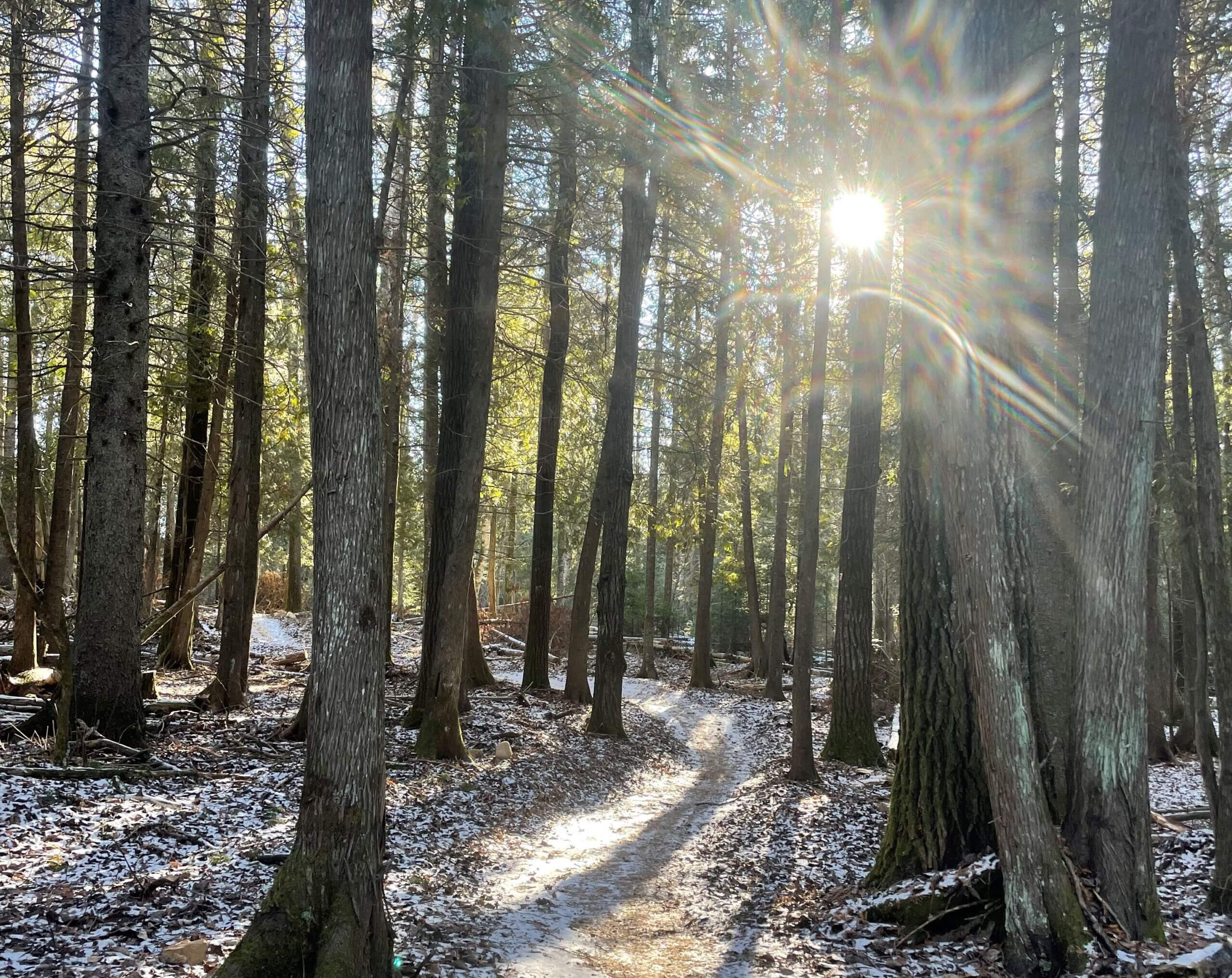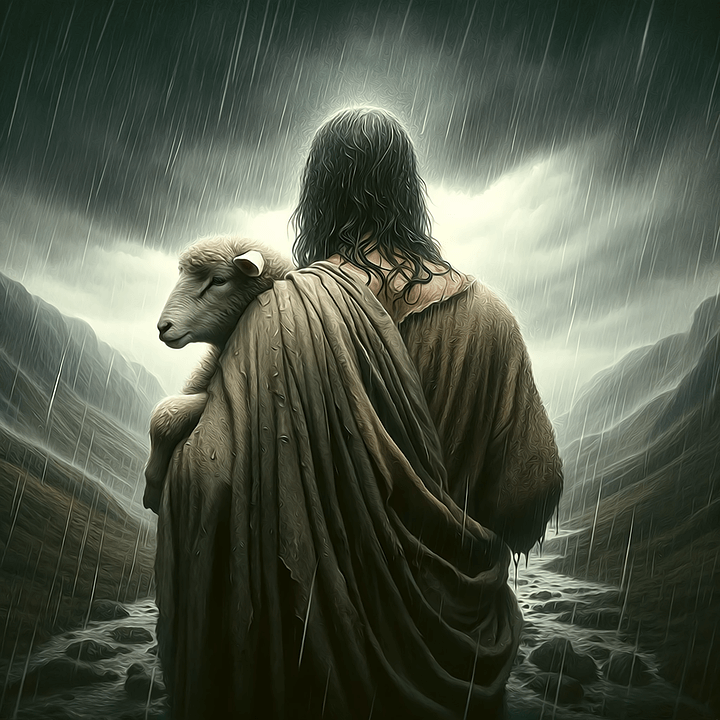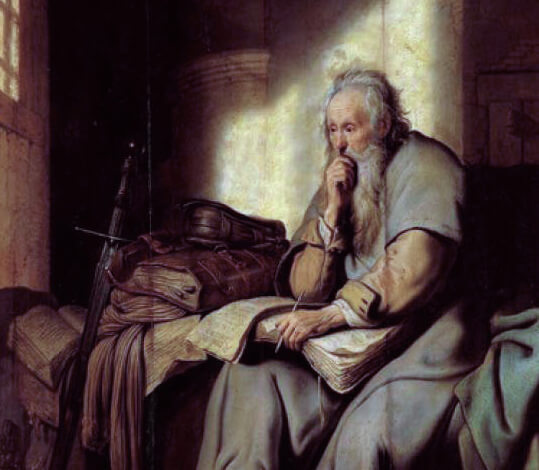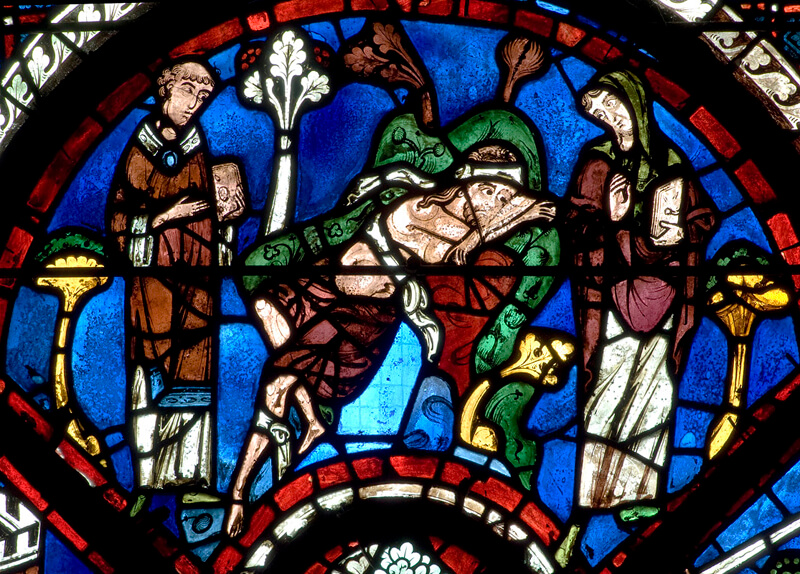Reflection on the Baptism of Jesus at “Keepers of the Water: A Vigil of Lament and Celebration”, January 14th, 2015
(Genesis 1:1-5 and Mark 1:1-11)
In these last days we have told the story of how Christ came into this world, the divine taking human flesh. How the mystery of his birth was understood by the marginal and eccentric ones—some poor shepherds, some mystical magi. How, vulnerable to a genocidal ruler, he was forced to flee as a young child. And how, in the accelerated time of our lectionary, he grew to assume his ministry, baptized into his vocation of justice and peace, charting a path that would change everything.
But it’s also the story of how our God came into this world, through the waters, the holy sacred waters of his Mother, Blessed Mary. A child who, like other babies, was mostly water—75% water so they say—“water-full”chubby cheeks, soft skin, dimpled legs.1
It’s a story of how two thirds of that water in his body was, like our own, from the watershed of his place. Born “a child on Bethlehem’s plain,” that means his watery essence—the water inside him–betrayed all the vulnerabilities and possibilities of the watershed of the Jordan River.
It’s a story of how when he was ignored, or worse threatened, by imperial powers, a true understanding of the significance of this Holy Child came from those who also know the land—shepherds –and those who know the skies—the astrologers or magi. The wisdom to recognize the Divine came from those wise in Creation’s mysteries.
It’s a story of how a young man, who knew poverty and oppression, fear and repression, became a divine radical. Ready to begin his ministry, he submerged himself in the water of the Great River, in the water of his watershed, in the waters of the Creator–waters that were good. Intentionally placing himself, grounding himself, the act of submerging in place as critical an action for Christ’s inauguration of his ministry as the opening of the skies above.2
It’s a story of how creation claims him, names him, a bird native to the watershed gracing him as he comes up from the water, the Spirit witnessed in creation claiming its own.
Water is a potent symbol in our sacred stories: a sign of the power of God as in the flood or the parting of the Red Sea; an image of the Source of life, of abundance, of bounty as in the fountains that spring up in the deserts; a symbol of cleansing, healing, or of hospitality as in the “cup of water offered to the stranger or the little one”.3 But even when it is not the primary lens or the main event, reading our stories through watery eyes –as watercolours–can offer us powerful new insights.
For me, water’s most potent teaching is about permeability.
It reminds me that the firm boundaries we are tempted to create and maintain…
• between the old and the new
• between humanity and the rest of creation
• between one and another
• between the divine and ourselves
…cannot, should not, be preserved. Water flows in and between and through, so that what was perceived as separate is revealed as connected. Water always seeks this connection.
Sister Priscilla Solomon of the KAIROS Indigenous Rights Circle talks about water this way…and her word is “oneness”:
“the oceans of this precious planetary jewel we call our home are one. They greet each other in countless places, sharing their waters and releasing them. Waters once called Atlantic are sooner or later Pacific, or ArcticThe sacred gift that we call water journeys through stream and river, sky and earth to find communion with itself in other waters. In its search for union and oneness, it calls to the human community to also seek communion…Beautiful and powerful, ever ancient yet ever new, it relies on us to protect it, enabling it to carry out the Creator’s instructions”4
We are to be one—the old and the new—one with the waters that existed even before the creation of light. In Genesis 1:1, we hear that “a divine wind swept over the waters” (i.e., the waters existed) and “then the Most High said, ‘Let there be light’”(1:1). When rain falls upon us, it is of the same water that was at the creation of the planet.5 We are being blessed again by that original goodness. Called back to that ancient good.
In that famous passage of Micah 6:8–“He has told you (or shown you), O mortal, what is good; mand what does the LORD require of you but to do justice, and to love kindness, and to walk humbly with your God?”—the word for “good” is the same Hebrew word as in the phrase “it was good” in the creation story. We have been shown, told, given what is good, and we have let it come undone. Our justice work is to repair the original goodness, to be one again with God’s goodness. Water—which connects us to the original goodness of creation—speaks to us of oneness between the old and the new.
One between the old and new, and one between humanity and creation.
Indigenous peoples have always known this wisdom of interconnection and dependence with all creation. It was a wisdom that so threatened settler people, my people, that we did everything we could to suppress or destroy it. In our rigid hierarchies of value, we tried to place ourselves on a great pinnacle above creation to subdue and control it. How could we not see ourselves as a part of it, a strand in the web of life? How can we not see, with our watershed literally flowing through our bodies, that what we do to that water, we do to ourselves? Today as the human species depletes, poisons, diverts, and compromises water, we threaten our own existence.
My inspiration to care comes from the Indigenous women water walkers who carry water to highlight the need to protect it, not just for their present communities, but for generations to come. Hear water walker Josephine Mandamin’s words: “Yes, we are carriers of the water. We are carrying the water for the generations to come. Our great grandchildren and the next generation will be able to say, yes, our grandmothers and grandfathers kept this water for us”. 6 Water reminds us of our oneness with creation.
One between old and new, between humanity and creation, one with one another.
To be fully human we need to be permeable to the pain of one another. How can we tolerate boil water advisories in the communities of the First peoples of this land, while city dwellers—settlers and newcomers—drink safely and abundantly from the taps in our kitchens? Access to water is potent sign and symbol of the drastic inequalities that exist between us in Canada, Indigenous and non-Indigenous, the huge separation that exists in this country when we should be one. Not one through erasing our difference. We know that powerful wrong too well. But one in possibility, in opportunity, one in access to abundant life–vibrant diversity, as in creation, but oneness in God’s promise of dignity for all people. Our work of justice is because we are permeable and vulnerable to one another. Another’s oppression, another’s pain–it touches us, is felt by us, and we cannot rest until justice flows down like water for all—for all.
One between old and new, between humanity and creation, between one and other.
And yes, even one with the Creator. What Bishop Mark MacDonald has taught me is that, for Indigenous peoples, a story like the burning bush is not a spectacular, other worldly light show. It is a miracle yes, but the miracle is in the eyes to see Spirit, Divine, Creator in everything, in every living thing…to see God infused in and through the waters of the Assiniboine, the Mirimachi, the Humber, as in the Jordan…the Spirit resonant in the beaver, the moose, even in the racoon, as in that bird that alights on that Holy Child. We must recognize Christ in the troubled waters—Christ’s body threatened anew with crucifixion as a tanker devastatingly leaks oil or fracking contaminates ground waters. Water reminds us of our oneness with the Creator—the fountain of living waters.7
A few weeks ago my friend and colleague, justice activist John Mihevc died, too young after a struggle with cancer. The image his wife Rebecca offered as we said goodbye was of John in his precious watershed, travelling in a canoe, floating over the water, on his journey into the heart of his Creator. A truly Canadian symbol, beautiful in Indigenous leadership and wisdom, of journey into oneness with our God.
At his baptism, Christ submerged himself in the waters, immersed himself in his watershed, as he claimed his radical ministry of transformation. We are invited to also…go to the waters in our lament for the violence, oppression and destruction in our world, go to the waters for repentance, including for our sins against the world’s First peoples, go to the waters for blessing in our work of justice and in our commitment to transformation, go to the waters for connection, for wholeness, for oneness with creation, with one another, and with our living and loving God.
Water is the sacred gift that connects all life. Thanks be to God.
1. Eileen Klassen Hamm, “fifty-eight percent,” in KAIROS: Canadian Ecumenical Justice Initiatives.Water: A Sacred Gift Education and Action Guide 2005-2006, p. 17,
2. See Ched Myers, “Baptized into Our Bioregion.” http://radicaldiscipleship.net/2015/01/12/baptized-into-the-bioregion/ (accessed January 15,2015).
3. Mt 10:42; Mk 9:41
4. Sister Priscilla Solomon, “Water: Sacred Gift, Sacred Trust,” in KAIROS: Canadian Ecumenical Justice Initiatives. “Water: A Sacred Gift” Education and Action Guide 2005-2006, p.4.
5. “Not only is there the same amount of water on the Earth today as there was at the creation of the planet, it’s the same water.” Maude Barlow and Tony Clarke as quoted in KAIROS: Canadian Ecumenical Justice Initiatives. “Water: A Sacred Gift” Education and Action Guide 2005-2006, p.5.
6. Josephine Mandamin, in KAIROS: Canadian Ecumenical Justice Initiatives. “Water: A Sacred Gift” Education and Action Guide 2005-2006, p.5.
7. Jeremiah 2:13, 17:13






